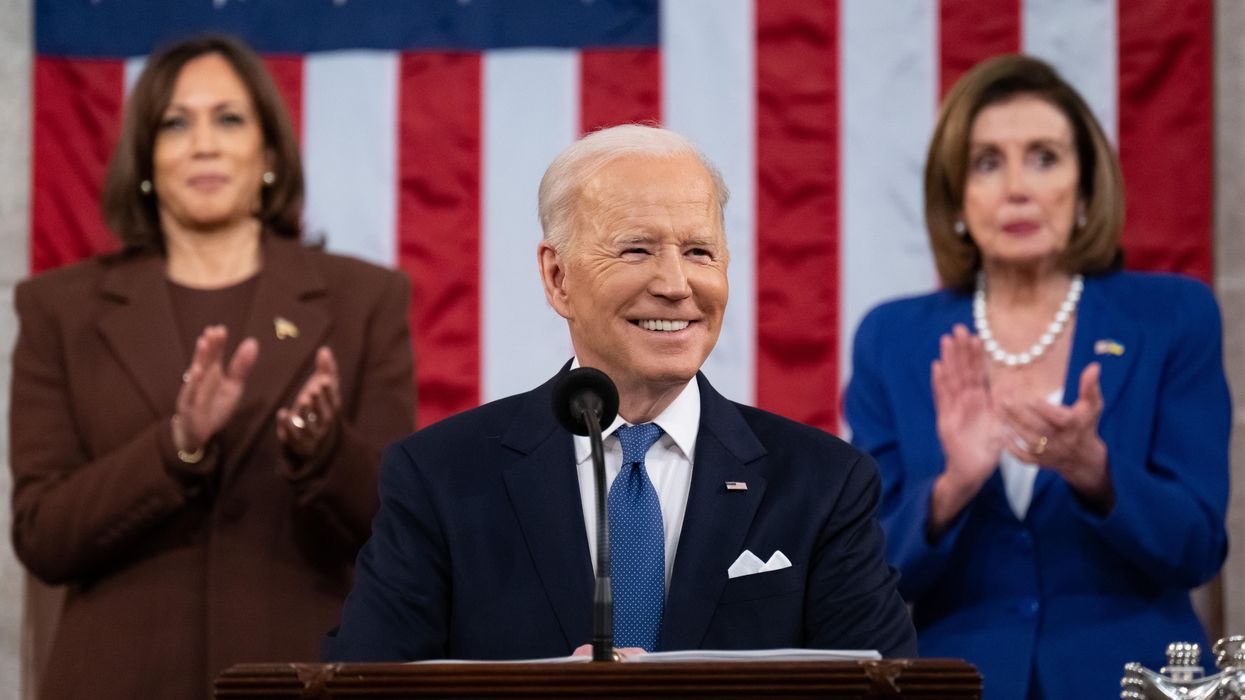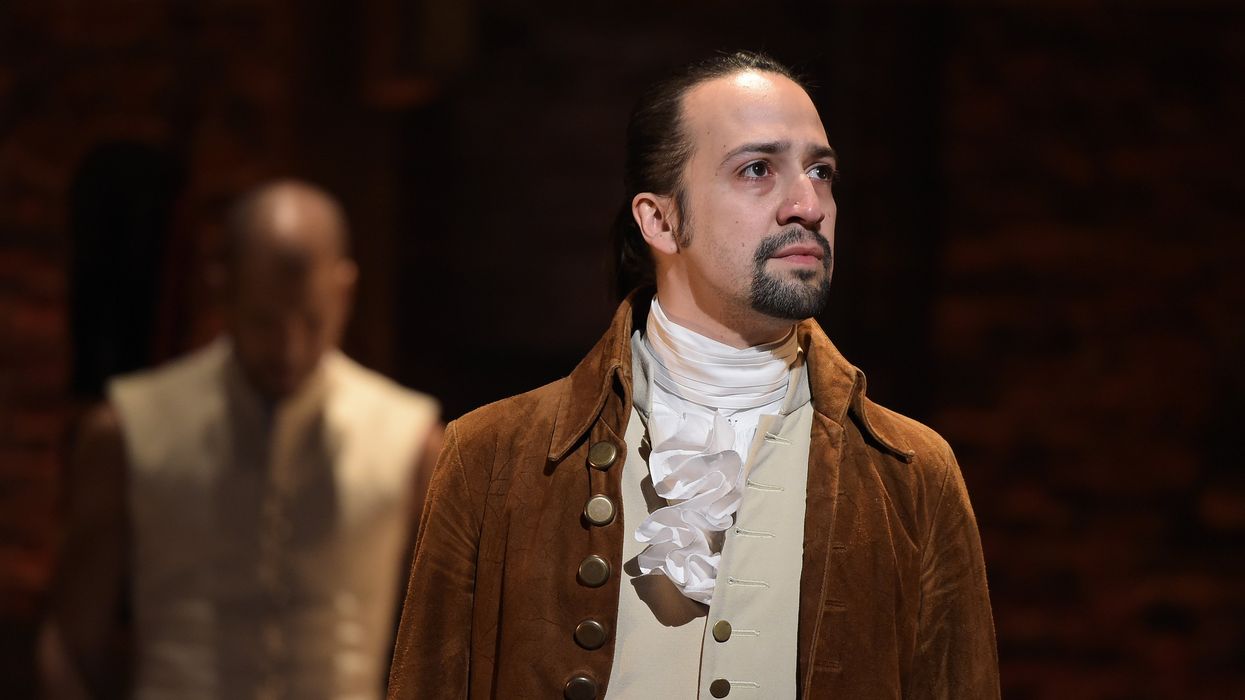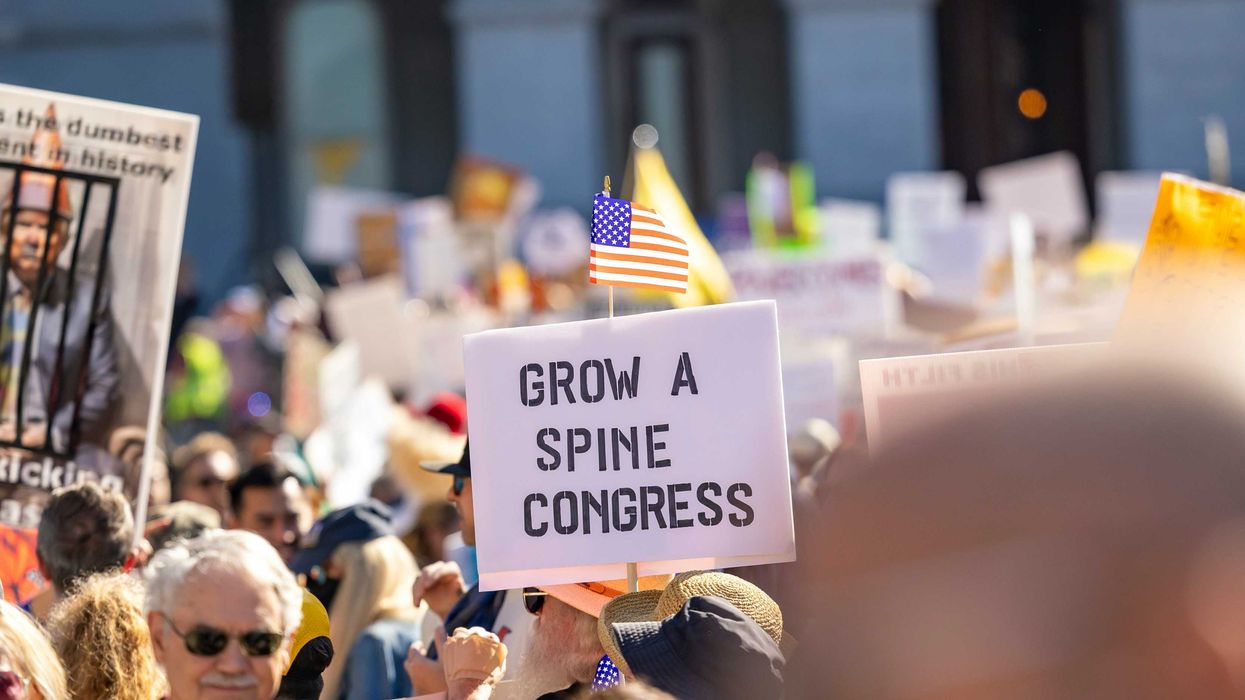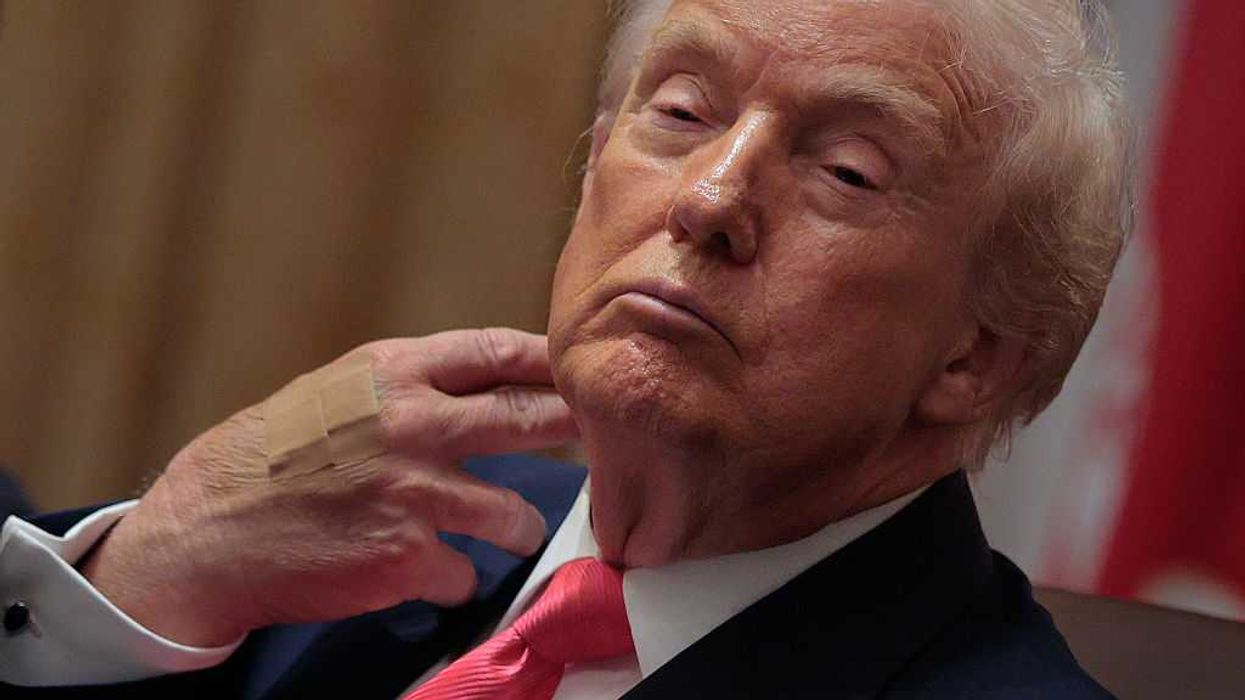Molineaux is co-publisher of The Fulcrum and president/CEO of the Bridge Alliance Education Fund.
Politics can be boring again.
I listened with anticipation to President Biden’s hour-long State of the Union speech to see how he would express a message that defines the moment in history that we are living through. More specifically, how he would deliver the line that all State of the Union addresses must apparently say.
“The state of the union is strong, because you, the American people, are strong.”
As this was his first State of the Union as president, expectations were high. And Biden delivered his vision and agenda for the future of the United States. There was seemingly something for everyone. And we all seemed to be asking, “Is this the moment when Biden gets back on track? Will this be how his approval ratings turn around?”
Personally, I find the approval polls as helpful as I find canned spinach. A little slimy and served with a touch of vinegar. They are a meaningless scorecard, surveying people who are actually grading their own lives and expectations of the near-future. After many years of fear-mongering, propaganda and outright lies, it’s no wonder we disapprove of everything. For most Americans, cynicism is our constant companion.
This was the context in which I listened to the speech while finishing some household chores. I noted the opening visuals of two women sitting behind the president while he spoke and smiled to myself. Yes, we need more women in elected office and in the halls of power.
Perhaps because of the global tensions surrounding the Ukraine invasion and resulting humanitarian crisis, I wanted our president to grasp the moment. But I failed to be moved to hope or belief that his vision was possible. At the same time, I found the speech to be a “normal” State of the Union address. As intended, Biden included many agenda items that he campaigned on and that progressives call for: new jobs, higher taxes on corporations and the wealthy, more union participation and a better life for working class Americans. In my mind, I could hear my conservative friends and family asking how we would pay for it all. I also heard clear outreach to conservatives, highlighting issues that are near and dear to conservative hearts like a strong support of capitalism, no new taxes for working Americans and increased funding to police.
There were, however, some lines in the speech that were inspiring and offered hope, especially those moments in which all members of Congress stood and applauded in unison. The division and toxicity in Congress is worse than ever so those seconds, as fleeting as they may have been, of bipartisanship and unity were a relief.
I was struck by the personal tone as Biden spoke about the cause of his son’s death (brain cancer) during a section on the VA pioneering a new way of linking toxic exposures to diseases veterans are experiencing. Acknowledging the need for our country to take responsibility for our veterans is long overdue. For him, veterans' care is deeply personal. The call to support veterans will be meaningful if we actually support veterans and not just use them as a prop.
Biden’s encouraging words about strengthening democracy around the world, as well as domestically, was balm to my soul. Given the focus of The Fulcrum and the members of Bridge Alliance (affiliated with The Fulcrum), it was nice to hear our work in the State of the Union. He called on our better angels to enact voting rights and other reforms to bolster the integrity of our elections. If we don’t get this right, nothing will improve.
Like most Americans, I long to ditch the mask without risking others’ lives. I look forward to our near future of “normalcy” without giving up on what must be done. My heart resonates with his words, “It’s gonna be OK.”
It was a relief not to hear partisan, propaganda-style claims, name calling or blame being cast on others. Instead of inflaming my fears, Biden left me soothed yet a little skeptical.
Perhaps in these tense times “soothing” is enough.
Today’s news will be full of analysis of Biden’s speech. I’ve avoided doing so hoping that a moment of reflection for myself and for our readers as to the times we are living in would better serve us all.
Biden’s first State of the Union speech felt predictable. And boring. And I loved it. Biden provided a soothing hope for the future and a vision for our shared opportunities. After all, political identity is not who we are, it is how we make decisions in a democracy. Politics should not have the lead role in our lives. Our friends and family should. Today, maybe we can start being one nation again.





















 Despite signing a mortgage that pledged he would live in each house, Trump listed both homes as rentals. Palm Beach Daily News via Newspapers.com. Redactions by ProPublica.
Despite signing a mortgage that pledged he would live in each house, Trump listed both homes as rentals. Palm Beach Daily News via Newspapers.com. Redactions by ProPublica.
 In 1993, Trump signed a mortgage for a “Bermuda style” home in Palm Beach, pledging that it would be his principal residence. Just seven weeks later, he got another mortgage for a seven-bedroom, marble-floored neighboring property and attested that it too would be his principal residence. Obtained by ProPublica
In 1993, Trump signed a mortgage for a “Bermuda style” home in Palm Beach, pledging that it would be his principal residence. Just seven weeks later, he got another mortgage for a seven-bedroom, marble-floored neighboring property and attested that it too would be his principal residence. Obtained by ProPublica